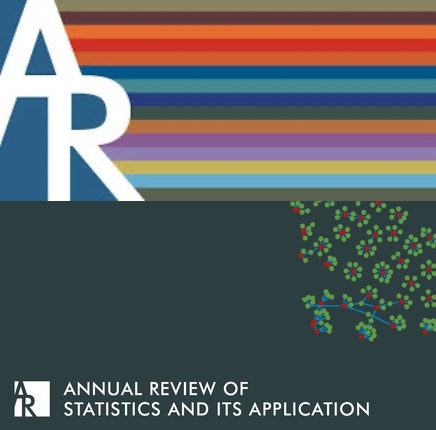没有不可能数据的可变重要性
IF 8.7
1区 数学
Q1 MATHEMATICS, INTERDISCIPLINARY APPLICATIONS
Annual Review of Statistics and Its Application
Pub Date : 2023-08-25
DOI:10.1146/annurev-statistics-040722-045325
引用次数: 0
摘要
在黑箱预测算法中,最常用的测量变量重要性的方法是使用综合输入,该输入结合了来自多个观测值的预测变量。这些输入可能不太可能,物理上不可能,甚至逻辑上不可能。因此,对此类案件的预测可以基于与黑匣子训练的数据非常不同的数据。我们认为,当解释使用这些值时,用户不能信任预测算法的决策解释。相反,我们提倡一种叫做队列沙普利(cohort Shapley)的方法,它以经济博弈论为基础,只使用实际观察到的数据来量化变量的重要性。队列Shapley的工作原理是缩小在一个或多个特征上被判断为与目标观察相似的观察队列。我们在一个算法公平问题上说明了这一点,在这个问题上,必须将模型未训练的受保护变量的重要性归因于此。预计《统计年鉴及其应用》第11卷的最终在线出版日期为2024年3月。修订后的估计数请参阅http://www.annualreviews.org/page/journal/pubdates。本文章由计算机程序翻译,如有差异,请以英文原文为准。
Variable Importance Without Impossible Data
The most popular methods for measuring importance of the variables in a black-box prediction algorithm make use of synthetic inputs that combine predictor variables from multiple observations. These inputs can be unlikely, physically impossible, or even logically impossible. As a result, the predictions for such cases can be based on data very unlike any the black box was trained on. We think that users cannot trust an explanation of the decision of a prediction algorithm when the explanation uses such values. Instead, we advocate a method called cohort Shapley, which is grounded in economic game theory and uses only actually observed data to quantify variable importance. Cohort Shapley works by narrowing the cohort of observations judged to be similar to a target observation on one or more features. We illustrate it on an algorithmic fairness problem where it is essential to attribute importance to protected variables that the model was not trained on.Expected final online publication date for the Annual Review of Statistics and Its Application, Volume 11 is March 2024. Please see http://www.annualreviews.org/page/journal/pubdates for revised estimates.
求助全文
通过发布文献求助,成功后即可免费获取论文全文。
去求助
来源期刊

Annual Review of Statistics and Its Application
MATHEMATICS, INTERDISCIPLINARY APPLICATIONS-STATISTICS & PROBABILITY
CiteScore
13.40
自引率
1.30%
发文量
29
期刊介绍:
The Annual Review of Statistics and Its Application publishes comprehensive review articles focusing on methodological advancements in statistics and the utilization of computational tools facilitating these advancements. It is abstracted and indexed in Scopus, Science Citation Index Expanded, and Inspec.
 求助内容:
求助内容: 应助结果提醒方式:
应助结果提醒方式:


